The mere mention of the town of Hannibal, Missouri evokes images of Mark Twain. It seems his iconic identity goes hand-in-hand with this river town. Most of us have grown up on the literary works of Samuel Langhorne Clemens, who penned the books we read in school. The characters he created kept us entertained with their riveting adventures. Many of the people in his books were fashioned from citizens he had known during his youth. One that stands out from the rest is Jim, the African-American slave of Miss Watson, who is a character in the “Adventures of Huckleberry Finn“. During our Hannibal visit, we learned more about how this character inspired Clemens to work toward a triumph over oppression.
We want to thank Faye Dant for hosting our visit. Rest assured all opinions are our own.

Freedom Center
While COVID has temporarily stifled the Huck Finn Freedom Center, we were able to arrange a tour through Faye Dant, the Executive Director. Faye is a local, who is a fifth-generation Missourian, and her passion for this center is easily apparent. The Freedom Center has dual purposes, as it focuses on preserving the history of the African-American community in Northeast Missouri. They celebrate the contributions while recognizing the strife and sufferings that impacted so many lives. They also honor Daniel Quarles, a Hannibal local, who would serve as Twain’s resource for Jim.
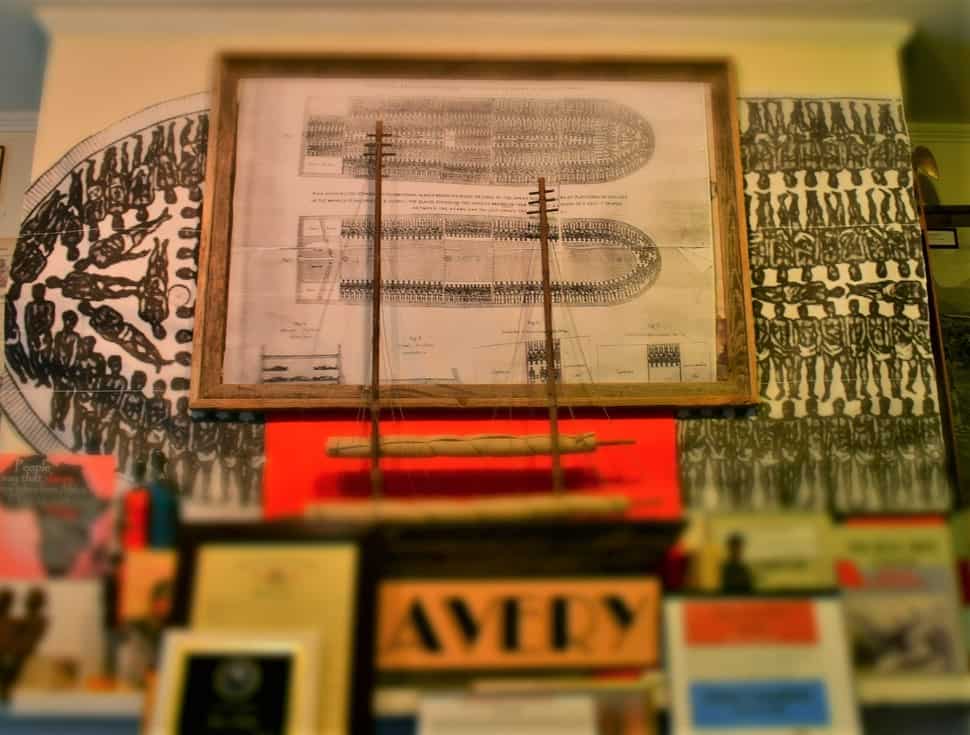
Slavery in the New World
Missouri entered the Union, as a slave state, in 1821. Even at that period in time, the issue of slavery was rising to the forefront of American politics. During the process of establishing statehood, Northern politicians attempted to introduce legislation that would have called for the slow abolition of slavery in Missouri. The Missouri Compromise was introduced as an effort to maintain a balance between abolitionist and proslavery forces, in the Union. While this pacified both sides, for the time being, it would eventually lead to the Civil War, when Kansas was admitted as a free state. Our visit to the Missouri State Museum had taught us about that period of Missouri history and the ongoing work to triumph over oppression.
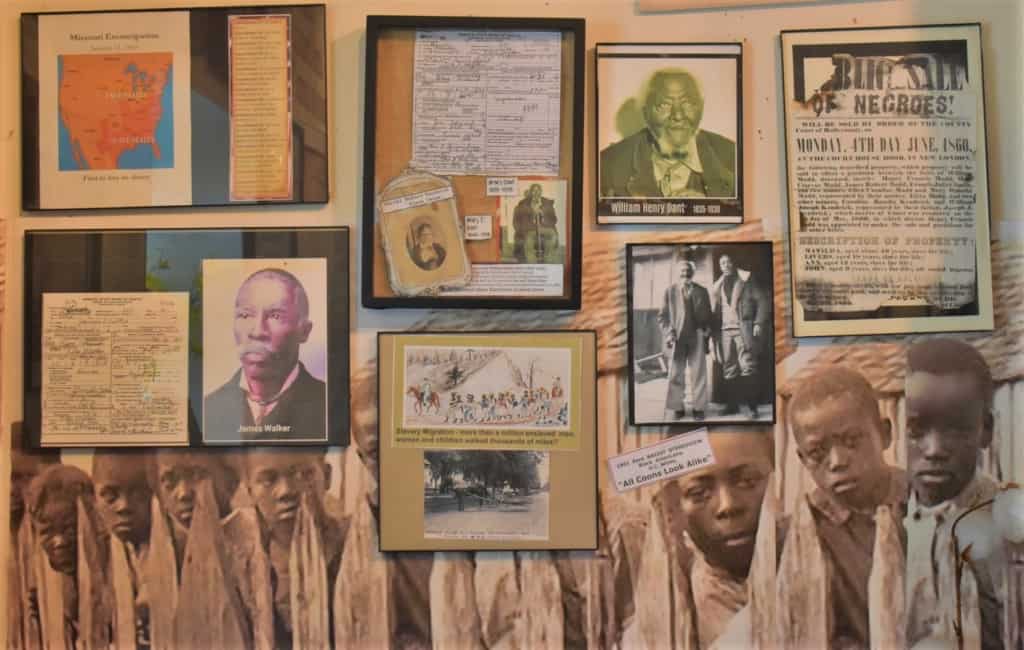
Hannibal’s Early Economy
By the time Missouri became a state, slavery was deeply embedded in American culture. Opening the lands of the Louisiana Purchase meant that many slave families were broken apart, as slaves were brought west to the newly settled lands. When you consider the land clearing and farming done by these early slaves, it would be fair to say that they were the real settlers of the land. By 1850, nearly 25% of the population in Hannibal was made up of African-American slaves. Hannibal’s position along the Mississippi River made it a hub for the slave trade. All of this was the world around Samuel Clemens during his youth.
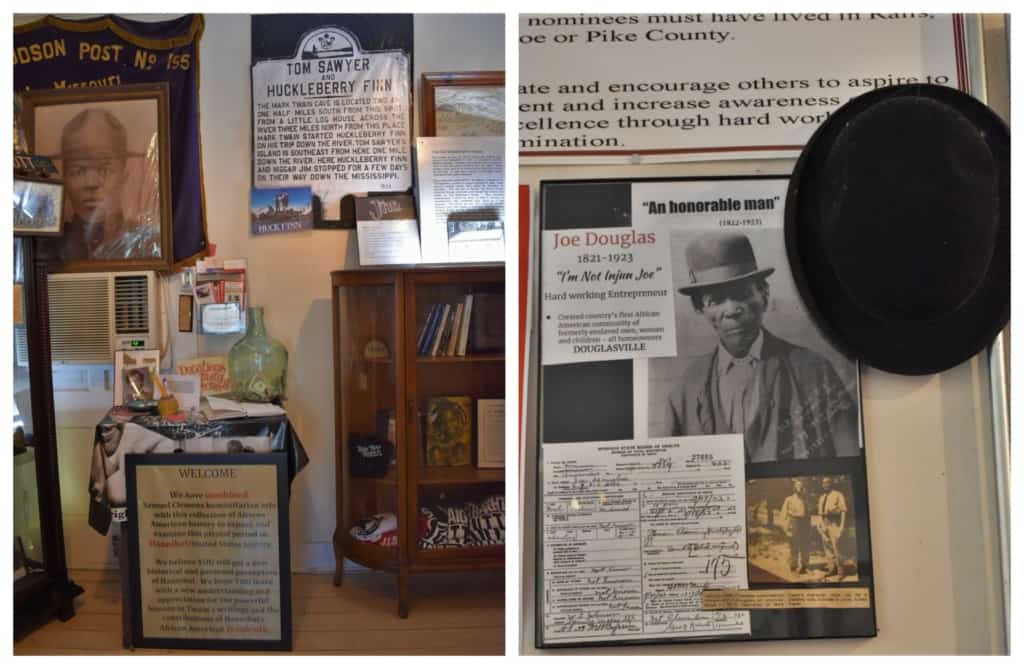
The Real Jim
In his later years, Clemens would recollect that the character of Jim was based on a man named Daniel Quarles. Clemens would interact with Daniel, during visits to his uncle’s farm in nearby Florida, Missouri. The segregated lessons he learned as a youth would eventually be replaced with compassion for all men. After the Civil War, Twain would become an advocate for equality, as he realized America must embrace it to truly move forward and triumph over oppression. Unfortunately, public opinion is a hard nut to crack. An excellent example is Joe Douglas, who fought his whole life with people believing him to be the basis for the character Injun’ Joe.
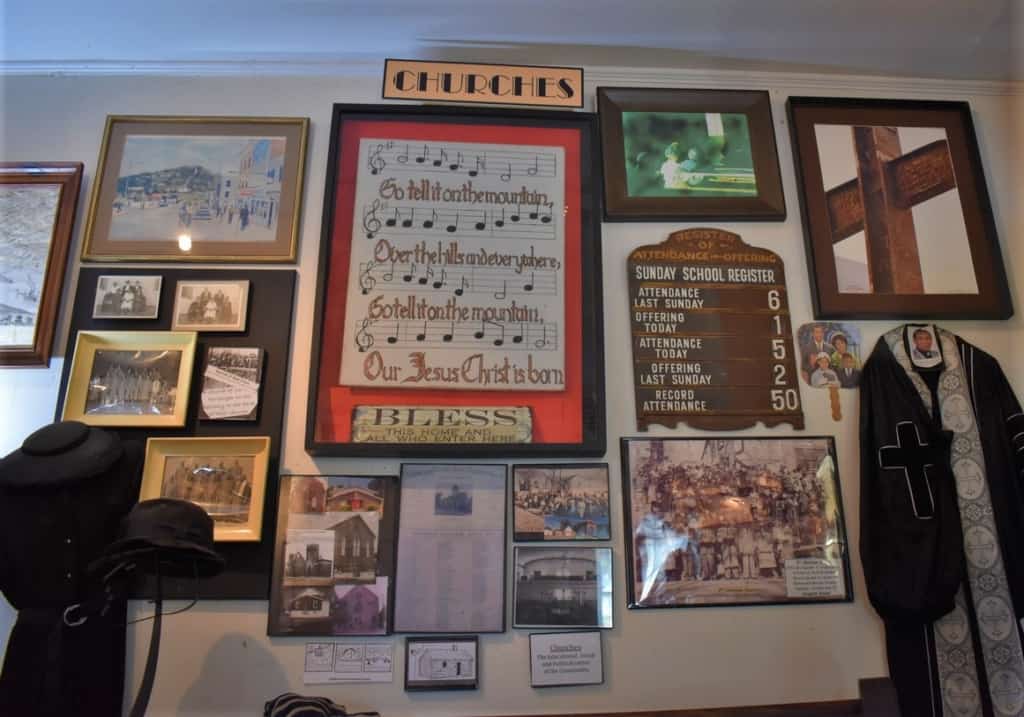
Church Life
Today we are familiar with our civil liberties, but African-Americans in the 1800s struggled with oppression. In Missouri, the law prohibited their ability to gather in large groups, unless supervised by a white person. The formation of churches went against this regulation, but many blacks were willing to hazard the consequences in order to worship. Although the churches were founded by free men, a large portion of the congregations were slaves. Their time at church was one of the rare instances of socializing.
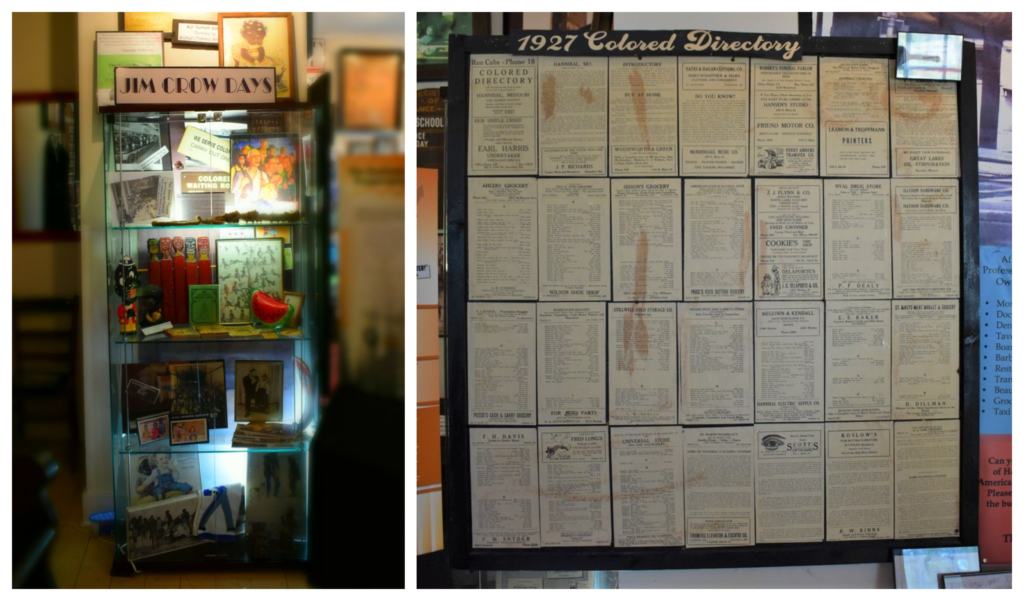
Triumph Over Oppression
After the end of the Civil War, African-Americans found themselves entering a new era, but one that was filled with the same hatred as before. The Jim Crow era would see America segregate the newly freed slaves from the white population. Although they had won their freedom, this period would become extremely dangerous for blacks. Scattered throughout the media and inside of businesses, you would find widely distributed racist propaganda. By painting a picture of an uneducated populace, it made it easier to exclude African-Americans from the rights afforded to white citizens. This segregation included the requirement of separate schools and even precluded them from using the same water fountains.
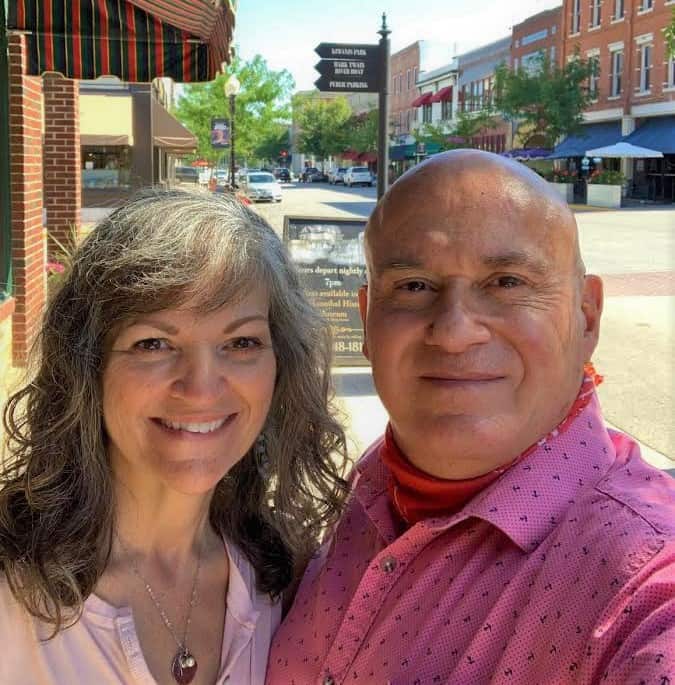
Worthwhile Work
Our visit to the Huck Finn Freedom Center had shone a light on the changes that have occurred within our country. Much like Samuel Clemens, people are waking up to the brutal realities that most African-Americans have faced their entire lives. It will take all of us working together to squash the smoldering embers of racism that still haunt our country. We find that places like the Freedom Center help remind us that although we have made strides, there is still a considerable gap that needs to be closed if we are to triumph over oppression. We hope that you will consider visiting the Huck Finn Freedom Center after the restrictions of this pandemic are lifted.


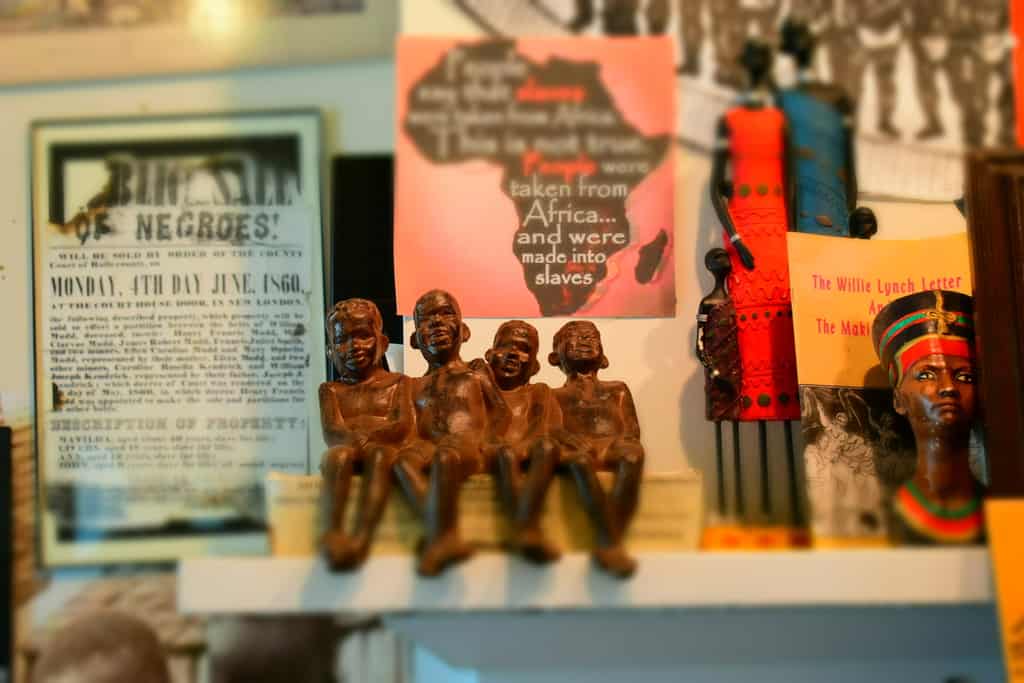



Great to discover this Huck Finn center. It’s so important to tell these stories. We have so much to catch up on and right. Thank you.
You hit it on the head, Our world needs to hear these stories.
I’m so glad to read about this museum focusing on the history of African-Americans in Missouri. I visited Hannibal as a kid and I’m pretty sure this museum didn’t exist at the time. When I return someday, I will definitely visit.
It’s well worth the time to see and hear the stories of those who have struggled for so long. Safe travels.
Your blog post has succeeded in making me want to visit the Huck Finn Freedom Center in Hannibal, Missouri. You do seem to have a talent for finding a plethora of interesting small museums!
We certainly hope that you will have a chance to go in 2021.
What a fantastic education and tour of the museum and the unusual situation of settlement and slavery in the area and how it was used to establish this region. Fantastic education and story to share again.
It was certainly a reality check to find that slavery was so widespread through this region.
What an interesting place. It’s always good to see the places where history was made, and to see how it has influenced the present day.
So true. It helps us make connections with history.
A part of the world I’d like to know more about, and a period in history we all need to remember. A lot is being written about slavery and oppression more generally these days and that is such a good thing. Thank you for retracing this story for me!
So glad you enjoyed it. Perhaps more change will come from this.
Thank you for the review, I appreciate you listening to my story. Check out jimsjourney.org
Faye Dant
We feel blessed for getting to meet you in person. Thank you for having the passion to make Jim’s Journey a reality.